| Subgenus | Image | Scientific name | Distribution |
|---|
| Eriocereus(A. Berger) A.R. Franck |  | Harrisia tetracantha (Labour.) D.R.Hunt | Bolivia. |
|---|
 | Harrisia regelii (Weing.) Borg | Argentina (Santa Fé, Entre Ríos) to Uruguay. |
 | Harrisia martinii (Labour.) Britton | E. Paraguay to NE. Argentina. |
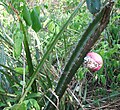 | Harrisia bonplandii (J.Parm. ex Pfeiff.) Britton & Rose | Paraguay, Argentina, Bolivia |
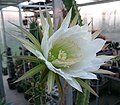 | Harrisia pomanensis (F.A.C.Weber ex K.Schum.) Britton & Rose | Argentina, Bolivia, Paraguay |
 | Harrisia tortuosa (J.Forbes) Britton & Rose | Bolivia to Uruguay. |
| Harrisia |  | Harrisia aboriginum Small ex Britton & Rose | Florida, on the Gulf Coast of the counties of Lee, Sarasota County, and Charlotte |
|---|
| Harrisia adscendens (Gürke) Britton & Rose | Brazil |
 | Harrisia brookii Britton | Bahamas. |
| Harrisia caymanensis A.R.Franck | Cayman Islands, Swan Islands. |
 | Harrisia divaricata (Lam.) Backeb. | Hispaniola. |
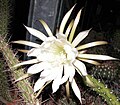 | Harrisia earlei Britton & Rose | Cuba |
| Harrisia eriophora (Pfeiff.) Britton | Cuba. |
| Harrisia fernowii Britton | Cuba. |
 | Harrisia fragrans Small ex Britton & Rose | St. Lucie County, Florida |
| Harrisia gracilis (Mill.) Britton | Jamaica |
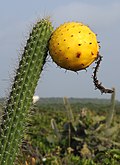 | Harrisia portoricensis Britton | Puerto Rico |
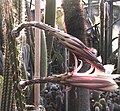 | Harrisia taetra Areces | Cuba. |
|













